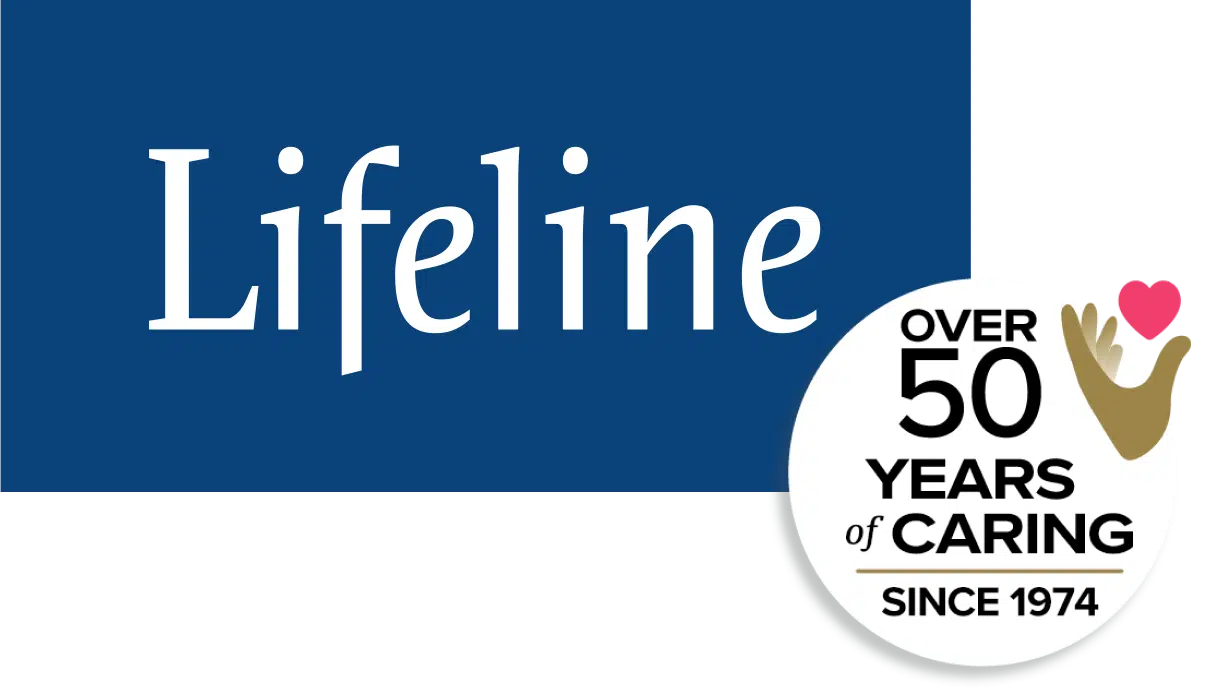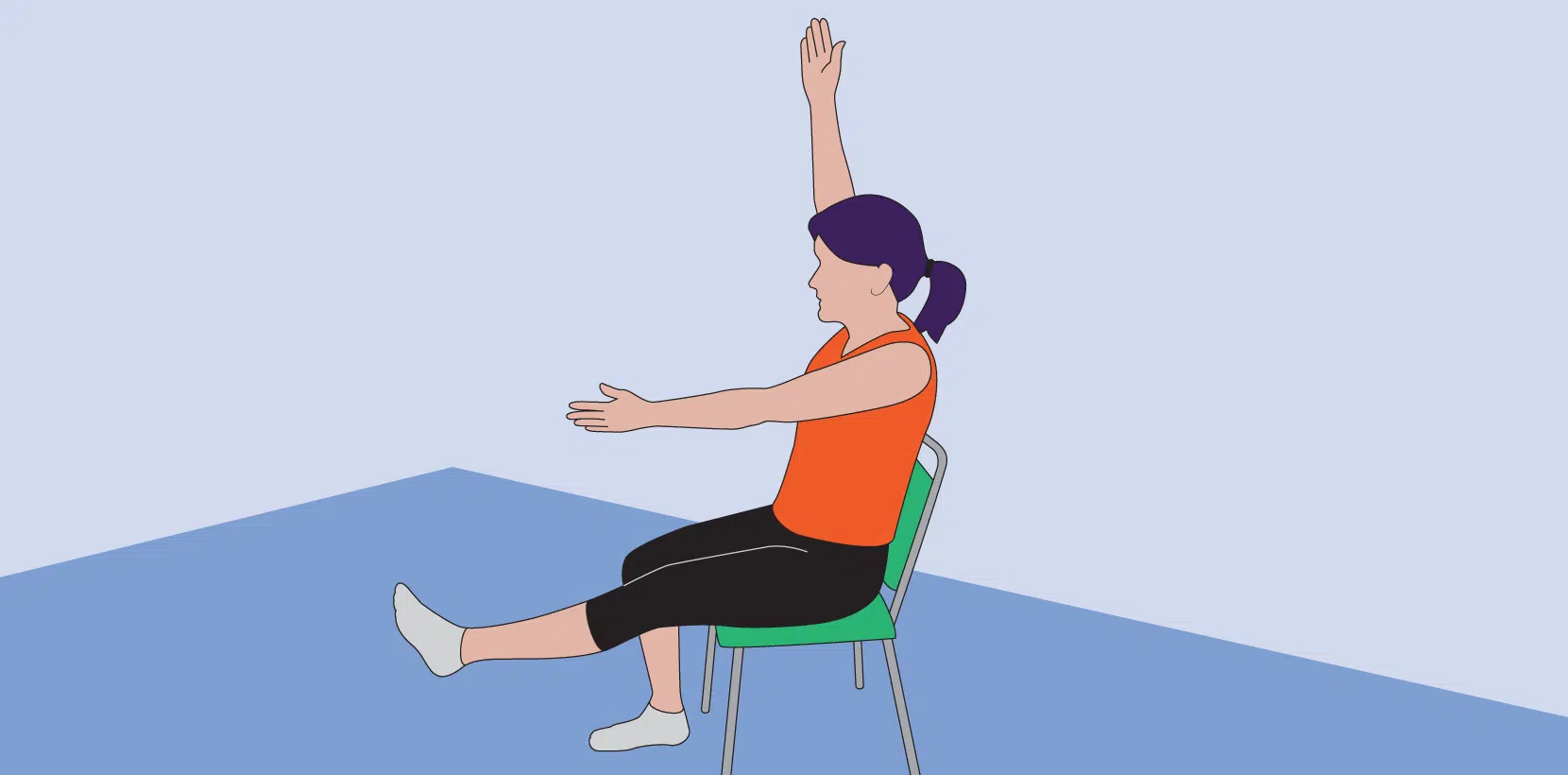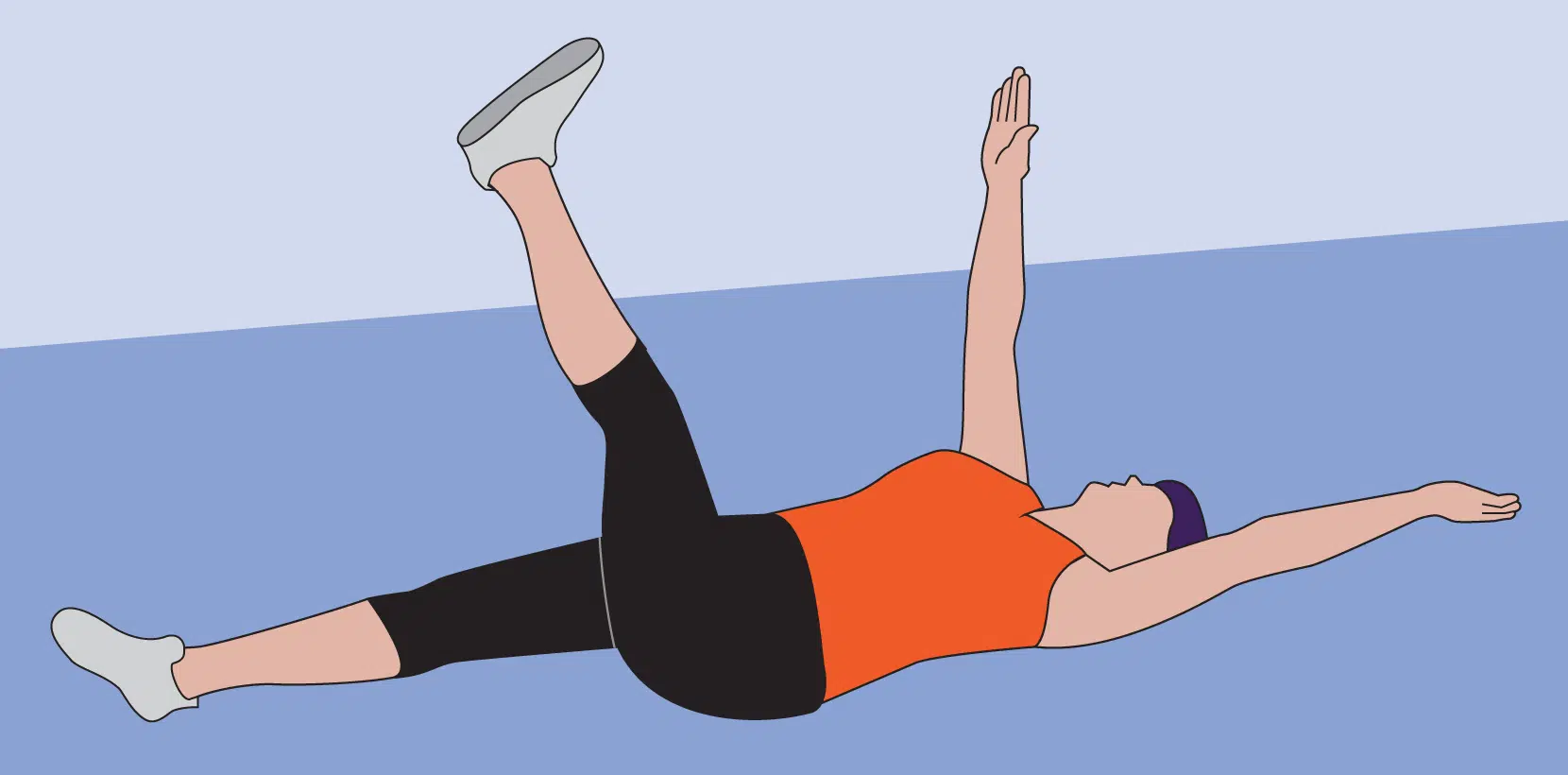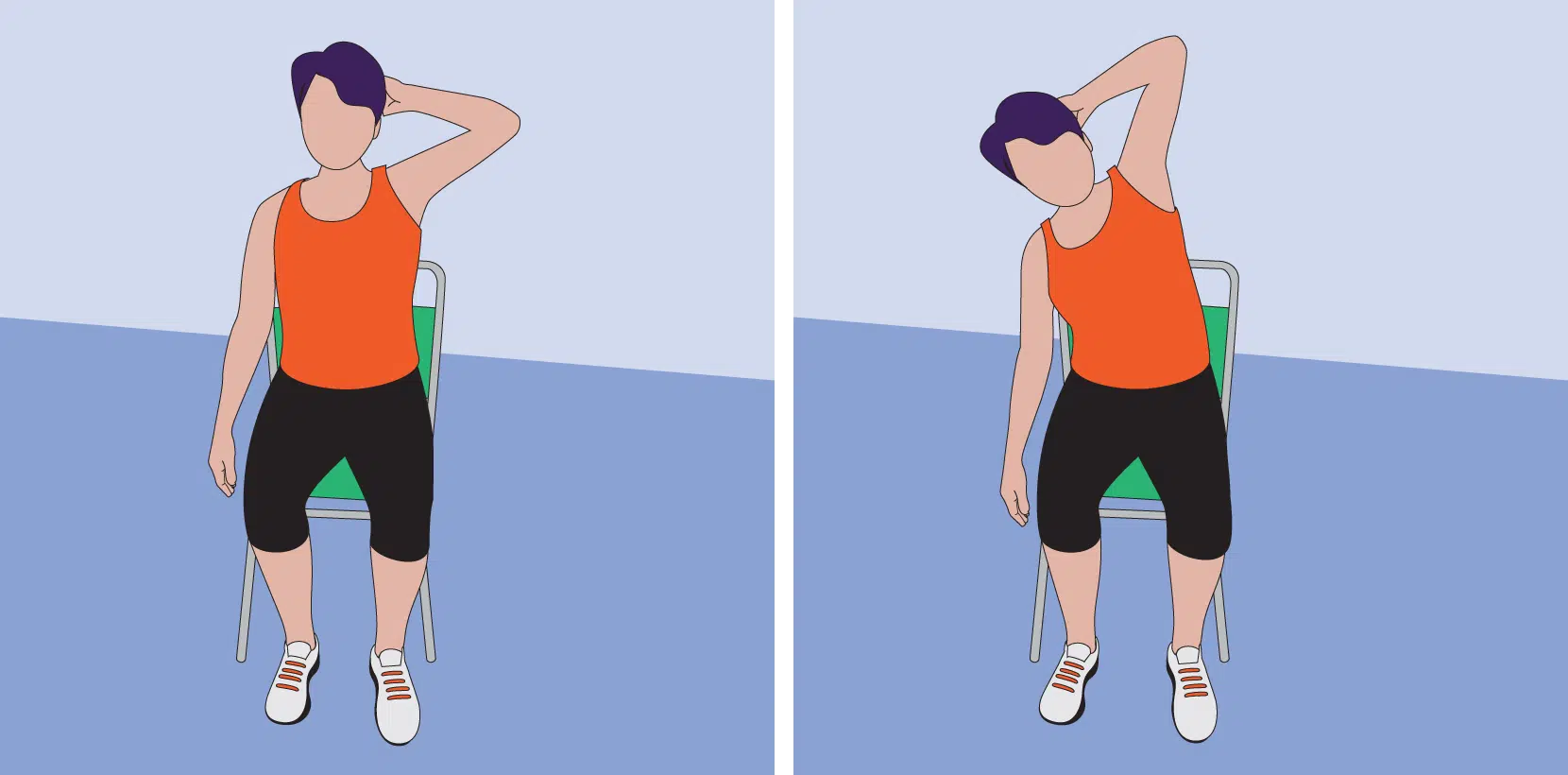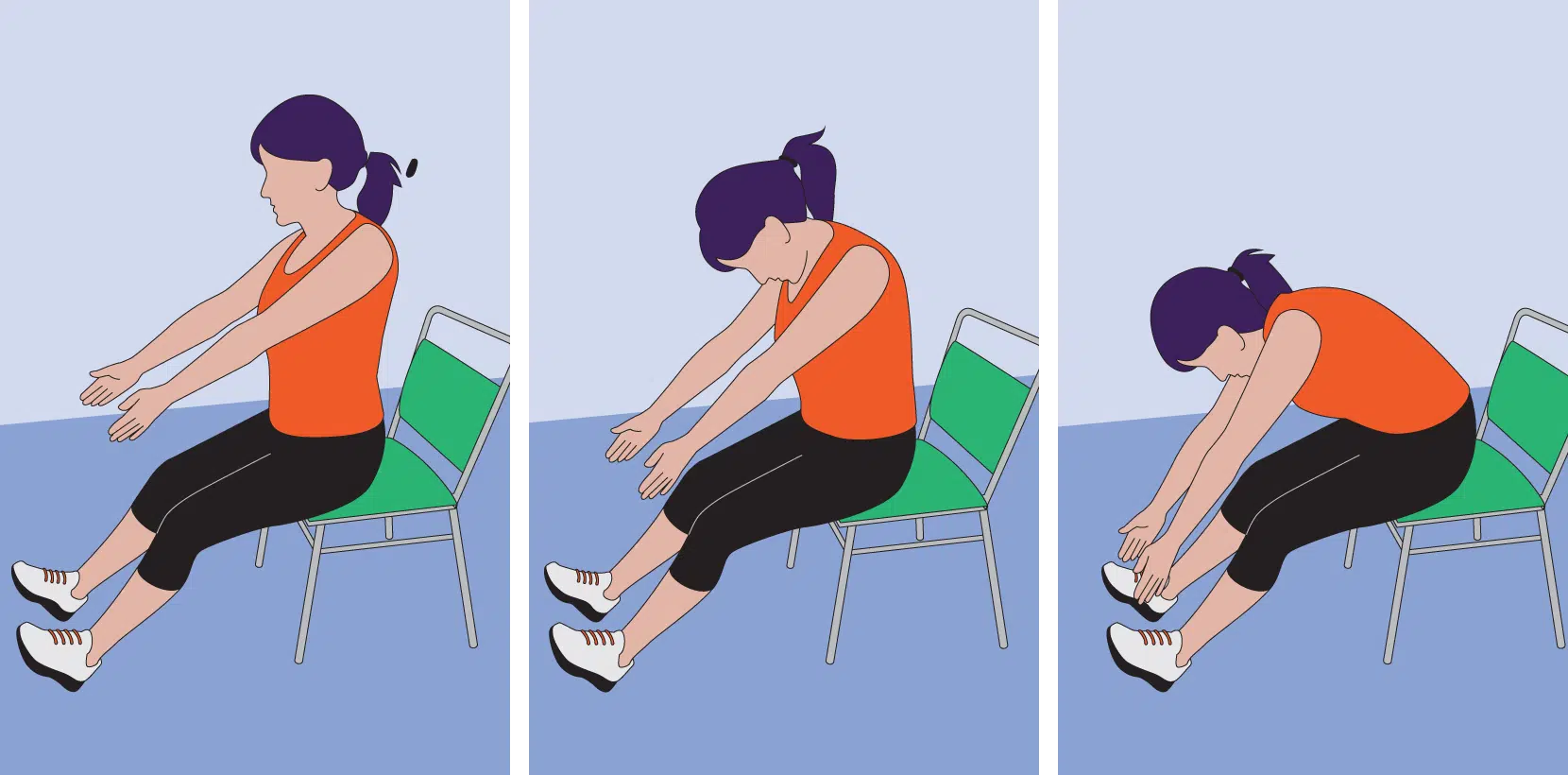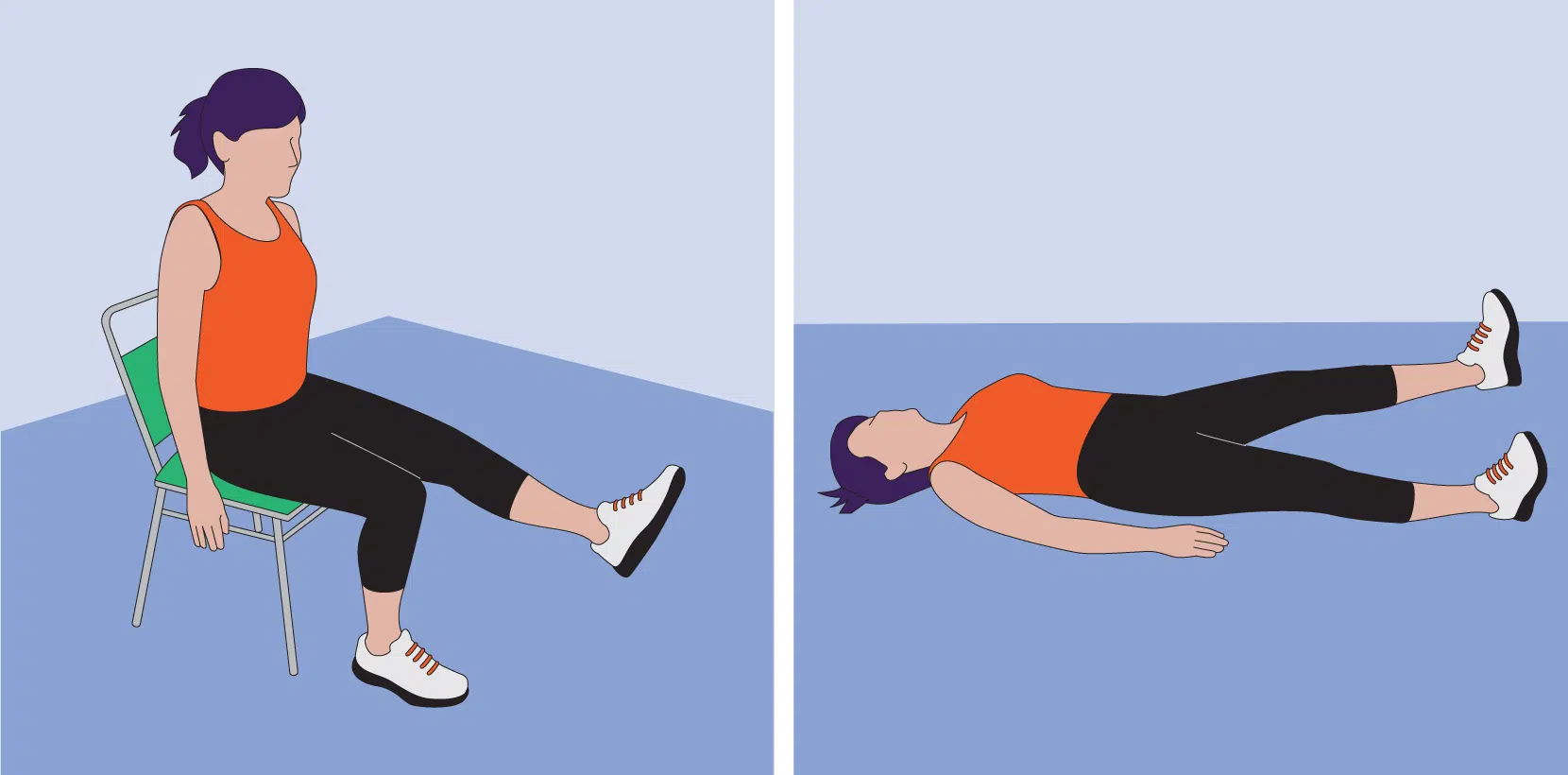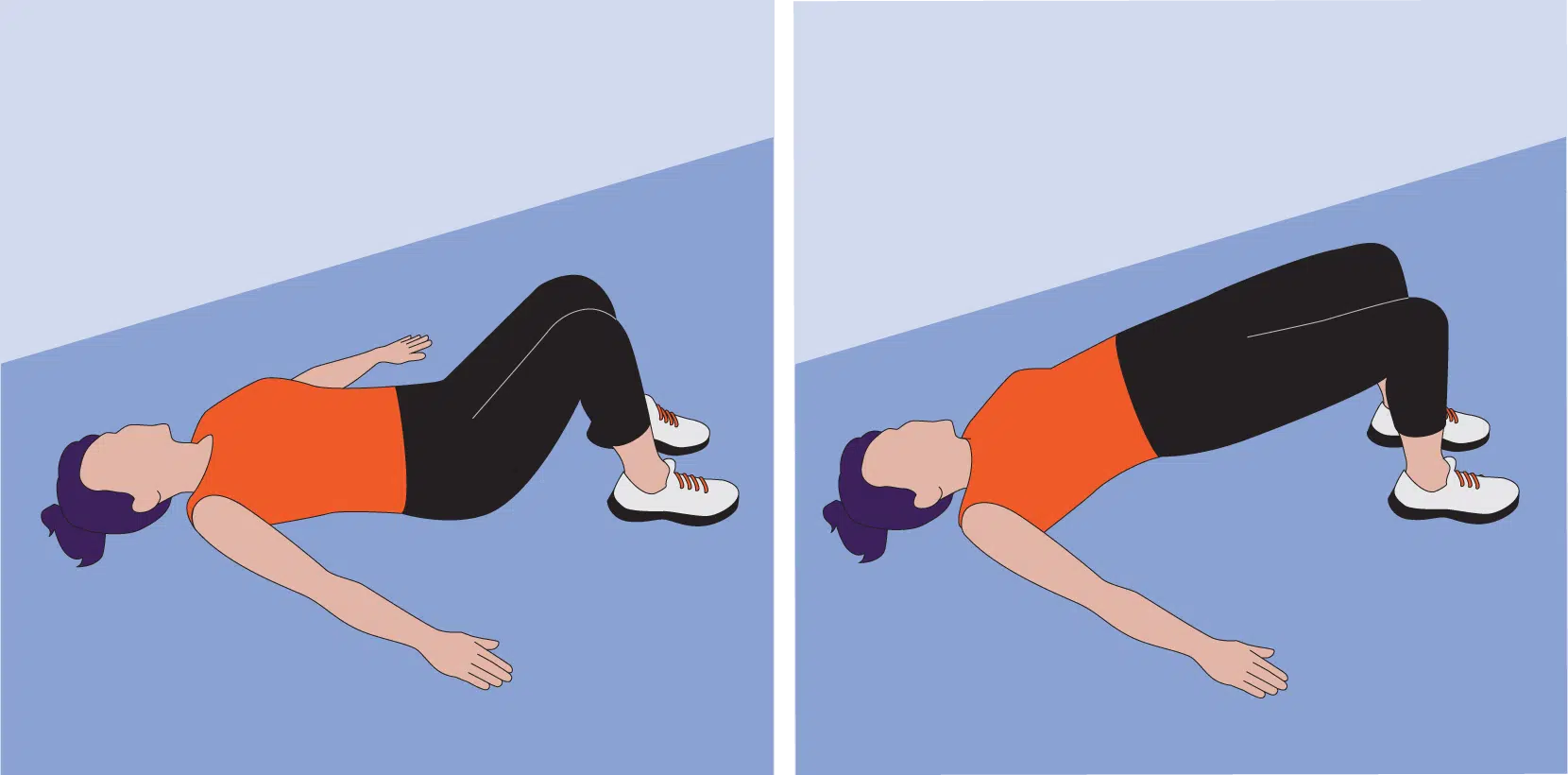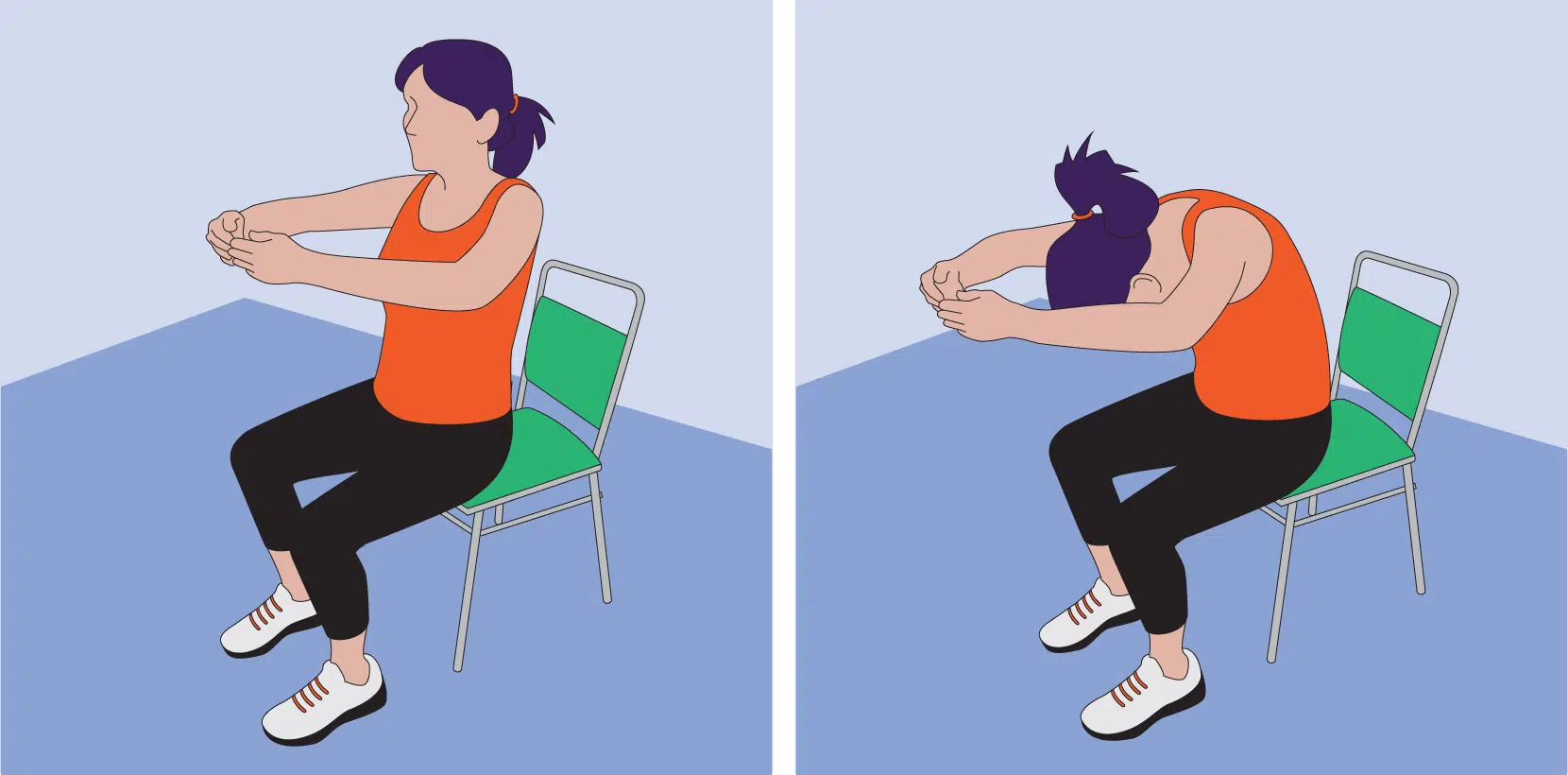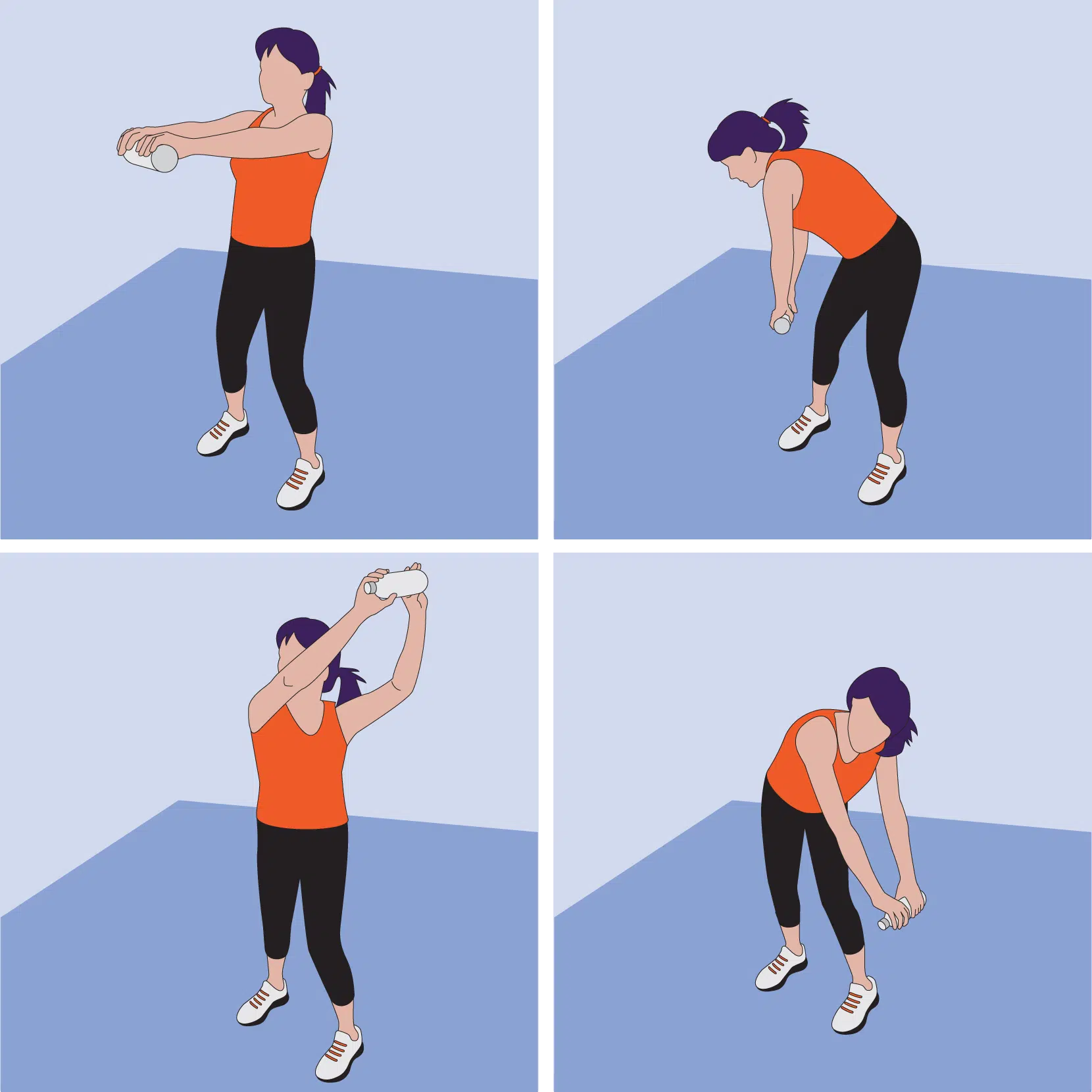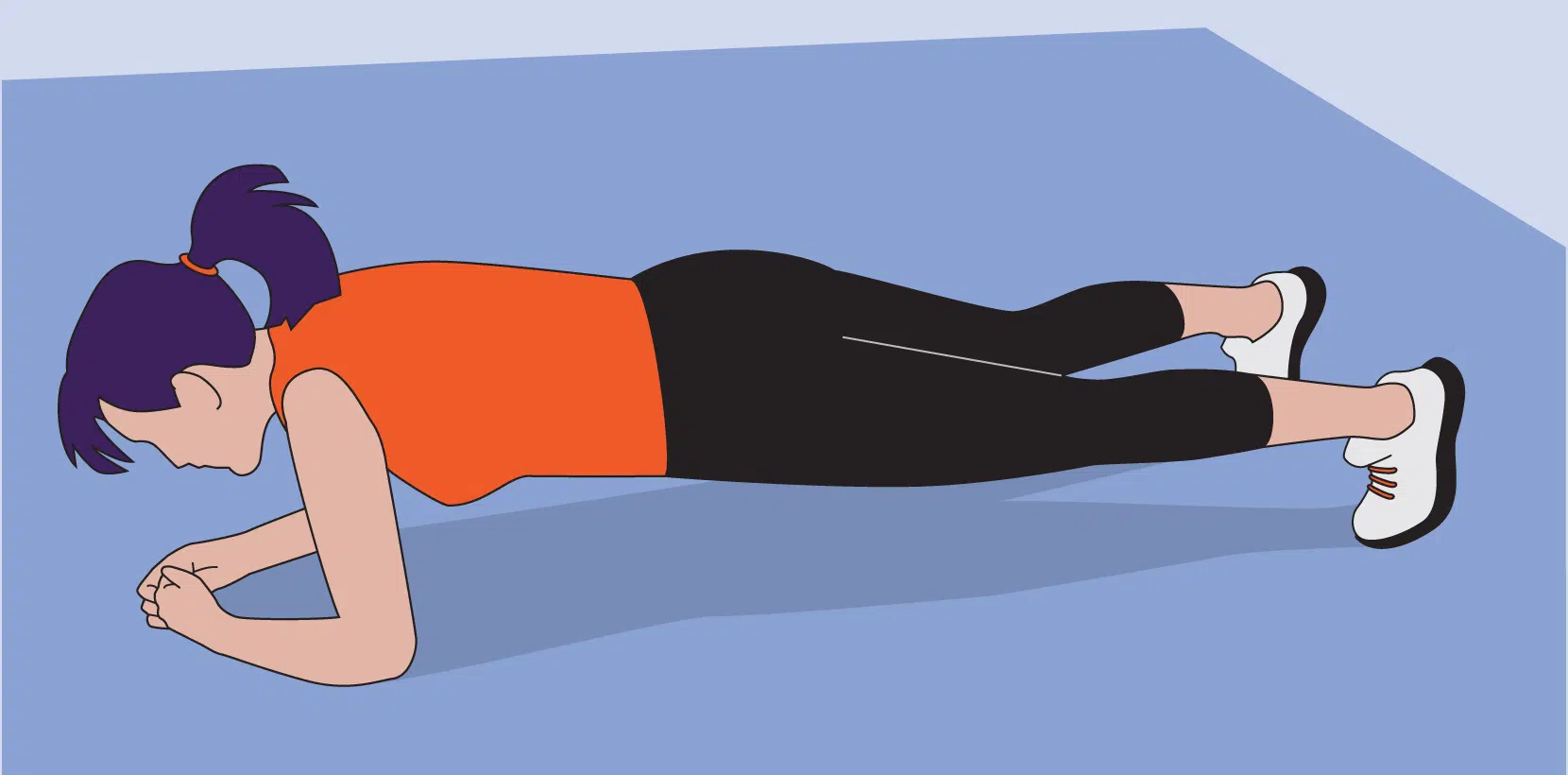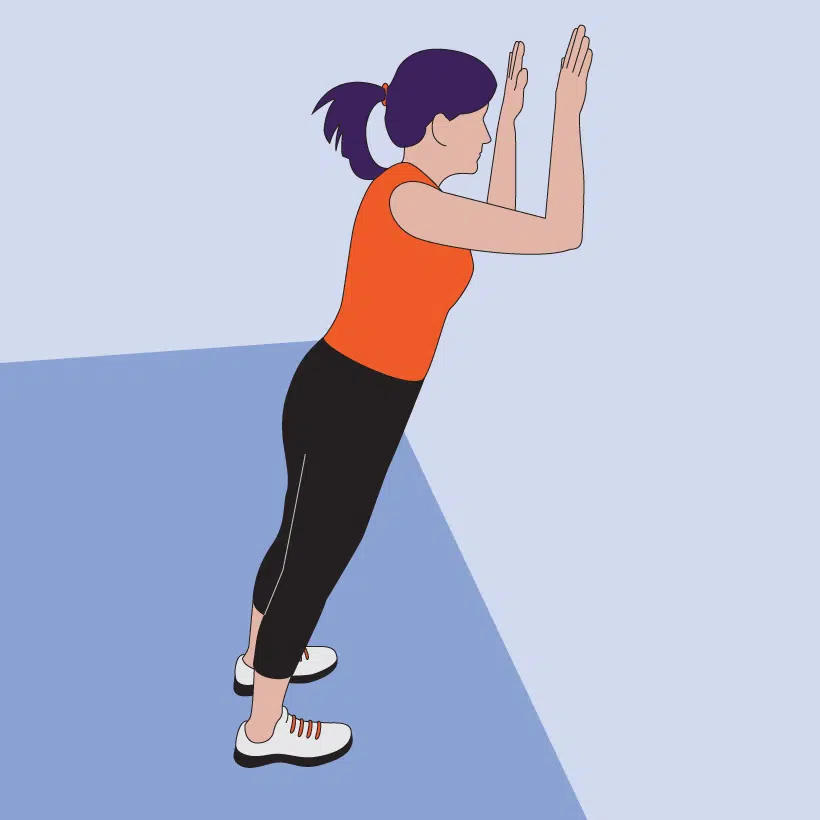8 Best Core Exercises for Seniors
Below, we’ve outlined some of the best core exercises for seniors looking to live a more active and healthy lifestyle.
If you’ve ever scanned a fitness magazine or sat in on a class at the gym, you know something about the importance of core strength.
Developing a strong core means tight abdominal muscles and strong obliques. Athletes make it a priority, as do many fitness gurus and supermodels, and it’s about time seniors do the same.
Your core is a collection of muscles around your entire torso: your abs, glutes, and oblique muscles. These are at the center of all you do, and incorporating core strengthening practices into your weekly exercise routine will help you live a more well-rounded, healthy lifestyle.
For older adults, core strengthening will give you the opportunity to enjoy your daily activities without a high fear of injury.
On the other hand, a weak core will keep you from doing the things you love, whether that’s playing a sport with friends, getting down on the floor with your grandkids, working in a garden, or any other activity.
Developing a strong core takes discipline and determination. It won’t happen overnight or with just a few changes. At the same time, however, you don’t need to go out and get a gym membership.
The Top 5 Main Benefits of Core Exercises For Older Adults
Core strength training exercises come with a variety of health benefits, and we’ll explore the four most prevalent for older adults below.
Leads to Better Balance
The core is at the center of your entire body. Some people call the midsection the “ trunk,” and like any good tree trunk, a strong core will help the rest of your body stand firm. Building that core muscle support comes from following specific exercises and regimens that target that part of your body. Targeted core exercises will improve balance.
Simplifies Daily Tasks (and Occasional Ones!)
We all use our cores every single day. Every time you sit, stand, pick up a grocery bag, bend down to tie your shoes, or swing a tennis racket you’re engaging these muscles.
As anyone over the age of 30 knows, these simple tasks get more strenuous as we age. Incorporating core strengthening exercises will help you build stronger muscles that make these tasks easier, no matter your age.
Promotes Better Posture
A Harvard Health article found a correlation between core strength and posture. Since “weak core muscles contribute to slouching,” strengthening your core will minimize the slouch and in turn provide a stronger foundation that “lessens wear and tear on the spine and allows you to breathe deeply. Good posture helps you gain full benefits from the effort you put into exercising, too.”
Reduces Pain
Most seniors accept that minor aches and pains are part of getting older, but that doesn’t have to be the case. As core strength improves, the pain subsides.
The same Harvard Health article explains that low back pain specifically “may be prevented by exercises that promote well-balanced, resilient core muscles.” Specific core exercises can strengthen your back muscles so that they can withstand more pressure and hurt less.
Helps with Coordination
Coordination relies on having a strong core. You need flexibility and strength to do any twists or turns with your body. Implementing more core workouts into your exercise routines and strength training will give you a strong base for your body and allow you to move about more freely.
8 Simple Core Exercises For Seniors
Strengthening your core muscles doesn’t just happen. You have to make a plan and find workouts that shape the various muscle groups.
Some exercises are better suited for older adults than others. That’s why we list 8 of the best core exercises for seniors to incorporate into their new exercise program.
1. Seated Dead Bug
While this exercise sounds a little gross, it can be a great way to target your upper and lower abdominal muscles.
To do the dead bug, find a strong chair that you can lean back in while keeping your back straight and your arms out. A simple fold up chair will do just fine. Then, follow these directions.
- Sit back in the chair so your spine forms a straight line.
- While keeping your head up, engage your core and extend your right arm up and your left leg out at the same time.
- Hold that position for one second.
- Return to the starting position.
- Repeat those steps with the alternate arms and legs.
As you grow in core strength, you want to try the same exercise without the chair. In that case, the steps would be the same, but you would sit on the floor without the added back support of the chair, putting greater strain on your core muscles and strengthening them in the process.
You can also do the dead bug lying down with your back on the ground and your arms and legs in the sky. Like this:
2. Seated Side Bends
Not all core exercises for seniors involve lying on the ground. Having a simple, sturdy chair around can unlock a series of other exercises. The seated side bends help form your abdominal muscles as well as your internal and external obliques.
To do the seated side bends take a seat on your chair and then follow these steps:
- With your knees bent, place your feet flat on the floor.
- Place the palm of your right hand on the back of your head and pull your elbow out so it’s aligned with your ear. Your left arm should stay aligned with your upper body, hanging off to the side.
- Keep your body straight. No slouching or leaning back.
- Breathe in and then, with your exhale, lean to your left, bringing your left arm closer to the floor.
- As you lean, pull back your right elbow. This will cause you to feel a stretch on that side.
- Breathe in again and come back to the starting position.
Repeat as many times as you can and then alternate with the other arms.
3. Seated Forward Roll-Ups
Another great seated core exercise for seniors, the seated forward roll-up is especially helpful for those focusing on their upper and lower abdominal muscles.
Sit in the chair, but this time, extend your legs so your heels are on the floor and your feet pulled back towards you. Have your arms out in front of you angled with your legs. Try to have the most proper, upright posture you can manage, and then follow these next steps:
- While keeping your legs straight, inhale and roll your chin to your chest.
- Exhale as your entire torso follows your chin, bending towards your toes.
- When you can’t go any further, breathe in and roll your body back. Do this slowly and imagine each vertebrae rolling back one by one.
- Repeat.
The key to this exercise is to move slowly. You want your abs to do the work, so make sure you don’t get momentum from your shoulders or back. Remember to roll the different body parts. Don’t launch them.
4. Leg Lifts (Seated or Lying Down)
Leg lifts are a great way to work your abs and oblique muscles simultaneously. Plus, you can perform them lying down or in a seated position, depending on what you prefer.
The first thing you’ll want to do is pick where you want to start.
- If you’re lying down, lay flat on your back with your body straight, arms to your sides. If you’re seated, have your knees bent and feet flat on the ground.
- Lift one leg while engaging your core and keeping your opposite leg in the starting position. Lying down lifts should have your foot about five inches off the ground while seated lifts should go as high as you can. In both situations, keep your back straight.
- Hold this position for three seconds.
- Return to your original position and then repeat with the opposite leg.
- Alternate legs for as many reps as you can. Remember to start small and work your way up.
5. The Bridge
This is one of the tougher core exercises on the list because it requires some flexibility, too, but it is a great way to use and build your core strength.
To accomplish the bridge, you will
- Lay flat on your back with your knees bent and your feet flat on the ground.
- Engage your core and lift your hips so you form a line from your chest and knees.
- Hold there and take three breaths. Make sure you keep your back straight and do not arch it.
- Return back down and repeat as you can.
6. Seated Half Roll-Backs
The Seated Half Roll-Back is another great seated core strengthening exercise that works your abdominal muscles with the following moves.
- Sit up on the edge of the chair while bending your knees and having your feet on the floor.
- Move both arms out in front of your chest and make a circle. Keep your back straight.
- Roll your back and dip your face toward the arm circle. You can think of it like you’re scooping your abs.
- When you reach your limit, tighten up your abs and slowly roll back towards the straightened position you started with.
7. Wood Chops
Think all the best core exercises for seniors involve sitting or lying down?
Think again! The final exercise on our list is done standing up, although you can do it while sitting down, too, if you’d like.
Performing Wood Chops starts with keeping your feet hip-width apart and your arms out in front of you held together. You can also hold something lightweight like a water bottle to hold onto. Then follow these steps:
- Keeping your arms and body straight, swing (or chop) them down towards your right hip.
- Reverse the motion by moving your arms up to your left ear. You can turn your body with your arms to keep them straight, too.
- Repeat the same motion on the opposite side of your body.
8. Planks
Forearm planks are a classic way to improve overall core strength. It targets each of your core muscles at the same time, and all you need to do is hold yourself up on the ground!
Okay, maybe it’s not quite that simple.
The plank can be a deceptive workout because of how easy it looks, but it can be one of the more strenuous core exercises we list here. That strain can produce great results, however, since the exercise works your entire core.
That’s probably why the AARP calls it the best workout for people over 50.
To do a plank, follow these instructions:
- Get in the starting position with your facedown on the ground with your forearms on the floor.
- Lift yourself up by pressing into your forearms and keep your back in a straight line as best you can.
- Engage your core by squeezing your glutes, quads, and abdominal muscles while continuing to press down through your elbows and forearms.
- Remain in this position.
- Gently lower yourself back to the floor.
The goal is to keep yourself in the position for as long as possible. Don’t push yourself too hard at first. Try 10 seconds then try 20 once you feel comfortable. Add a little bit incrementally and make sure you keep your core engaged and your back straight to get the most of the exercise.
If this sounds like a bit of a challenge, that’s okay. There are variants to this exercise for those that are still starting out. Instead of doing the plank on the ground, you can try a wall plank, like the picture below.
The process is similar but will require some small adjustments.
- Place your forearms against the wall.
- Step back a bit so your whole body is at a slight angle.
- Keep your spine straight and aligned with your hips. Make sure your feet stay flat, too.
- Hold the position.
- Carefully remove yourself from the wall.
How Often Should Seniors Do Core Exercises?
Developing strong core muscles requires regular work and discipline. Core strength training should be a regular part of your weekly exercise routine, happening multiple times throughout the week.
Remember that you don’t have to do every exercise mentioned above every time you go work out. That being said, mixing up your exercises can help target new muscles and keep things interesting while you work on building a strong core.
You can also try different exercises for different muscles groups. If you feel your abs are too sore, try focusing on one that targets your back muscles instead.
How Exercises Help Seniors Avoid Falls
Fall risks are incredibly real for older adults, with a senior falling every 12 seconds.
These falls can lead to life-threatening injuries, especially when the person is left unattended. Regular exercise is one of the best ways to ensure you avoid falls as best you can.
Core exercises can be especially helpful in reducing your fall risk. A strong core helps promote stability and balance in your body, making it harder for something to bring you down.
Additionally, the highly functional exercises we mentioned above help your body get used to these kinds of moves. Whether you focus on the twists and bends of the wood chops or the balance-inducing stillness of planks, either one will get your body in a better position to withstand falling.
Lastly, having a strong core helps prepare you if you do happen to have a fall. Your muscles play an active part in the movements that will help you get up and get help should you find yourself on the ground.
There are a number of health benefits when it comes to strengthening your core. We’ve outlined some of the best core exercises for seniors so you can become stronger, more balanced, and more active in your daily life.
Don’t let a weak core get in the way of your happiness. Try out a few of these core strengthening exercises and rediscover the joy that comes when you can live life without fear of injury.
